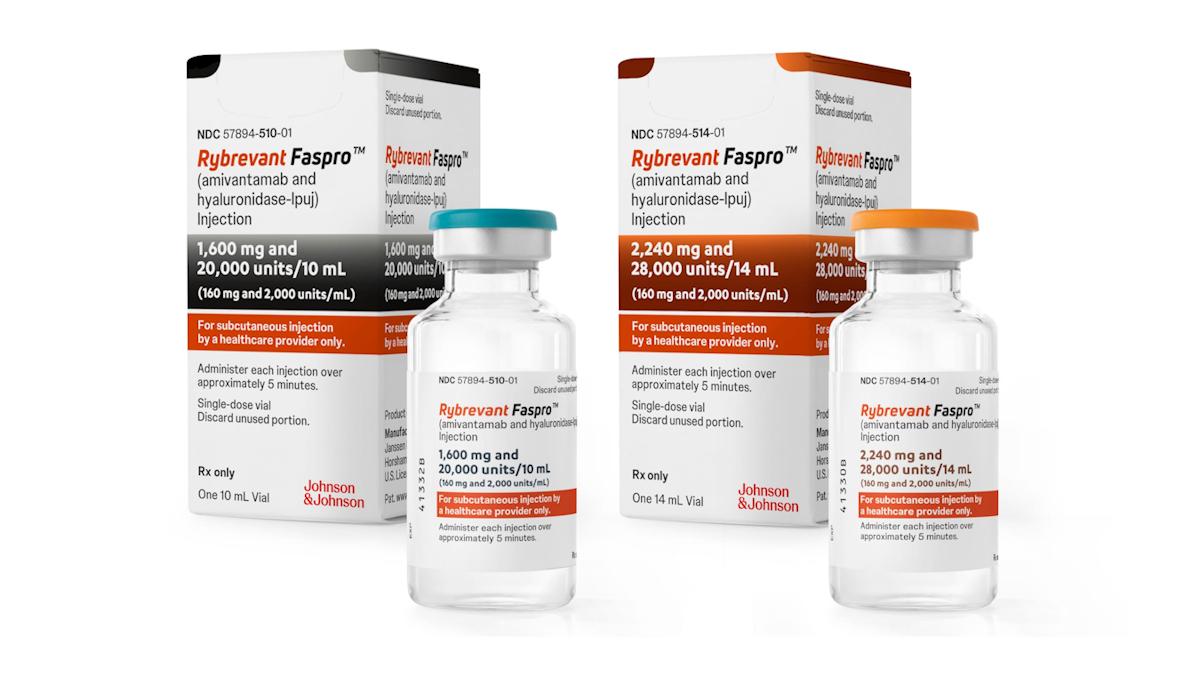J&J bids to add smouldering myeloma to Darzalex label

Johnson & Johnson has reported positive phase 3 data with Darzalex in smouldering multiple myeloma (SMM), just before filing applications for the drug in this indication in Europe and the US.
If approved, Darzalex (daratumumab) could become the first treatment option for patients with the disease, an early-stage, pre-cancerous blood and bone marrow disorder that can develop into full-blown multiple myeloma. Not all cases do so, and it can take several years, but it is a major risk factor and patients with the disorder require careful monitoring.
Currently, smouldering multiple myeloma is not generally treated until active multiple myeloma develops, said J&J, and patients are generally observed until there are signs of biomarkers for multiple myeloma or organ damage.
The marketing applications with the EMA and FDA are for J&J and partner Genmab's Darzalex Faspro version of the anti-CD38 antibody, which can be given as a physician-administered subcutaneous injection in just a few minutes, rather than as an intravenous infusion.
The filings are based on the results of the phase 3 AQUILA study, which compared treatment with Darzalex Faspro to active monitoring of patents in 390 smouldering multiple myeloma patients at high risk of progression. The primary endpoint of the study is progression-free survival (PFS), while secondary endpoints include time to progression, overall response rate, and overall survival (OS).
The results will be presented next month at the American Society of Haematology (ASH) annual congress in San Diego, said J&J in a statement. According to the abstract of the trial – which may be superseded by the presentation on the day – Darzalex Faspro improved PFS by 51% compared to active monitoring.
Estimated 60-month PFS rates were 63.1% with J&J's drug versus 40.8% in the control group, while after a median follow-up of 65 months the overall response rate (ORR) was 63.4% and 2.0%, respectively. At the data cutoff point, 33.0% of patients in the Darzalex Faspro group and 52.0% of the active monitoring group had started first-line treatment for multiple myeloma.
First launched in 2015, Darzalex is already available across a range of multiple myeloma indications, including use in both transplant-eligible and ineligible patients. It has grown rapidly to reach around $9.7 billion in sales last year, and shows no signs of slowing down, racking up another $8.6 billion in the first nine months of 2024.
If approved, the new indication could also maintain some clear air between J&J's Darzalex franchise and anti-CD38 upstart Sarclisa (isatuximab) from Sanofi, which has been an also-ran for some time, but recently picked up a new approval as a first-line multiple myeloma treatment in combination with bortezomib, lenalidomide, and dexamethasone (VRd).
The new use – which covers people who are not eligible for an autologous stem cell transplant (ASCT) – made Sarclisa the first anti-CD38 competition to Darzalex (daratumumab) in the frontline setting. It is also the only drug cleared for use with VRd, which has become the preferred first-line treatment option for transplant-ineligible multiple myeloma patients in recent years.
Analysts at Stifel said the new indication could be worth $2 billion a year, a big opportunity for Sarclisa given that the drug made around $413 million in sales for Sanofi last year.












